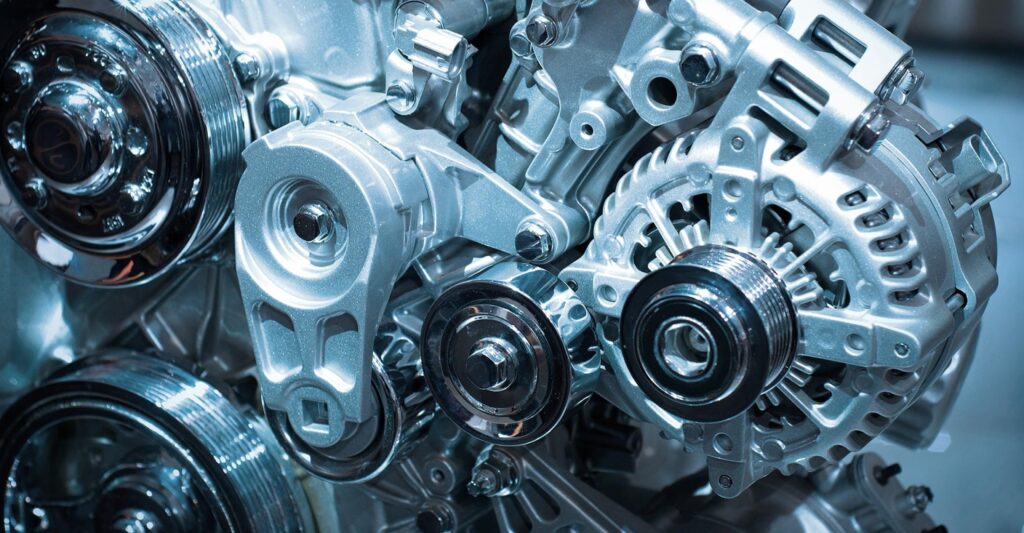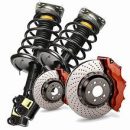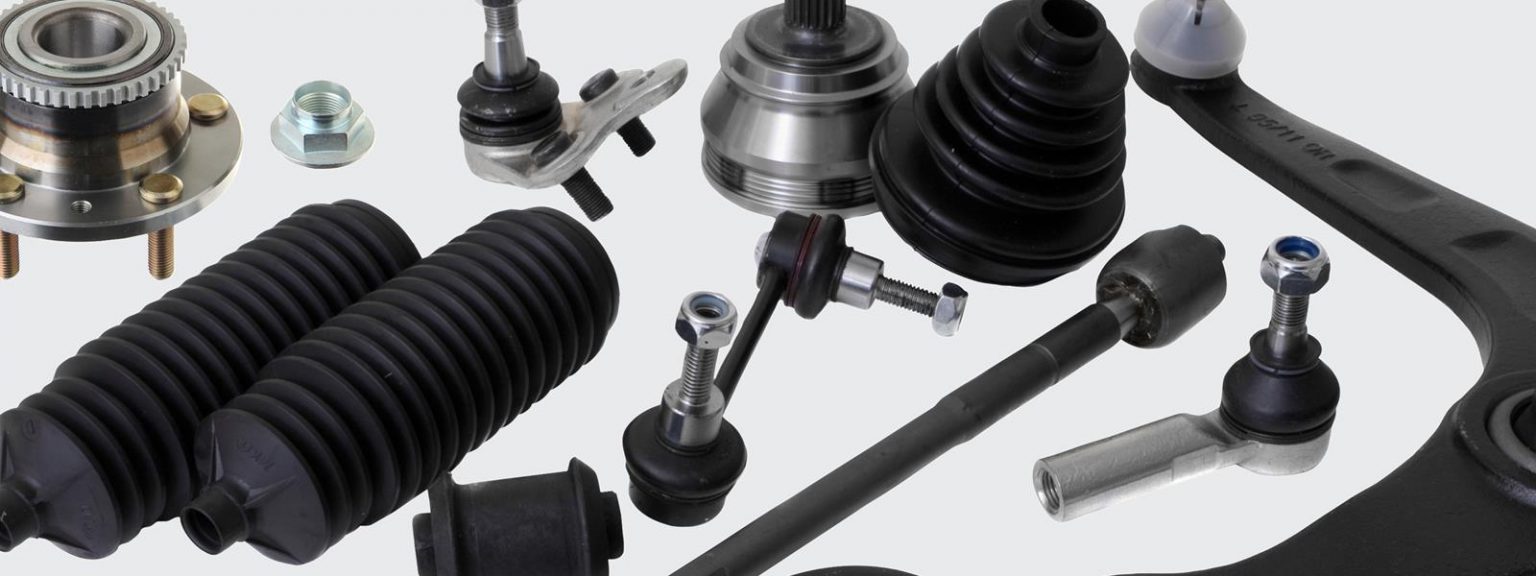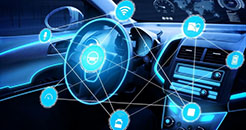India is the world’s third-largest automobile market, the largest manufacturer of three-wheelers, passenger vehicles, and tractors, and the second-largest manufacturer of two-wheelers.In terms of market size, the Indian passenger car market is expected to reach a value of US$ 54.84 billion by 2027 while registering a CAGR of over 9% between 2022-27.India has a strong market in terms of domestic demand and exports. In FY23, total passenger vehicle sales reached 3.89 million. This is because India has significant cost advantages, as automobile firms save 10-25% on operations vis-a-vis Europe and Latin America. The Indian automotive industry is targeting to increase the export of vehicles by five times during 2016-26. It employs about 19 million people directly and indirectly.The industry attracted Foreign Direct Investment equity inflow (FDI) worth US$ 34.11 billion between April 2000-December 2022, shows the India advantage for the world.

India is the world’s third-largest automobile market, the largest manufacturer of three-wheelers, passenger vehicles, and tractors, and the second-largest manufacturer of two-wheelers.
In terms of market size, the Indian passenger car market was valued at US$ 32.70 billion in 2021, and it is expected to reach a value of US$ 54.84 billion by 2027 while registering a CAGR of over 9% between 2022-27. The global EV market was estimated at approximately US$ 250 billion in 2021 and by 2028, it is projected to grow by 5 times to US$ 1,318 billion.

India has a strong market in terms of domestic demand and exports. In FY23, total passenger vehicle sales reached 3.89 million. This is because India has significant cost advantages, as automobile firms save 10-25% on operations vis-a-vis Europe and Latin America. The Indian automotive industry is targeting to increase the export of vehicles by five times during 2016-26. In FY23, total automobile exports from India stood at 47,61,487. This sector’s share of the national GDP increased from 2.77% in 1992–1993 to around 7.1% presently. It employs about 19 million people directly and indirectly.
India is currently shifting focus to electric cars to reduce emissions. In terms of electric vehicles (EVs), in Q4 FY22, sales reached a new high of 60,94,960 units. Overall, in 2022-23, 2,12,04,162 EVs were sold in India, indicating a 168% YoY growth over last year’s sales. A report by India Energy Storage Alliance estimated that the EV market in India is likely to increase at a CAGR of 36% until 2026. In addition, the projection for the EV battery market is forecast to expand at a CAGR of 30% during the same period.
There have been plenty of investments in the automobile sector recently, as the Government of India expects the automobile sector to attract US$ 8-10 billion in local and foreign investments by 2023. The industry attracted Foreign Direct Investment equity inflow (FDI) worth US$ 34.11 billion between April 2000-December 2022, accounting for 5.45% of the total equity FDI during the period. India is on track to become the largest EV market by 2030, with a total investment opportunity of more than US$ 200 billion over the next 8-10 years.
Investment flow into EV start-ups in 2022 (until September 15) has raised funds worth around $673 million, according to Fintrackr. There is a need to set up proper charging infrastructure for EVs in India. To install electric vehicle supply equipment (EVSE) infrastructure for EVs, various public sector firms, ministries, and railways have come together to create infrastructure, and manufacture components.
The Indian government has planned US$ 3.5 billion in incentives over a five-year period until 2026 under a revamped scheme to encourage the production and export of clean technology vehicles. Initiatives like Make in India, the Automotive Mission Plan 2026, and NEMMP 2020 will be net positive for the sector.
Following the COVID-19 pandemic, the Indian automobile sector is expected to bounce back and show strong growth in FY23. If it continues on its upward trajectory, India could be a leader in shared mobility by 2030, providing opportunities for electric and autonomous vehicles.
- Rising middle-class income and a huge youth population will result in strong demand.
- In March 2023, the total production of passenger vehicles*, three-wheelers, two-wheelers, and quadricycles was 20,04,592 units.
- The global EV market was estimated at approximately US$ 250 billion in 2021 and by 2028, it is projected to grow by 5 times to US$ 1,318 billion.
- India could be a leader in shared mobility by 2030, providing opportunities for electric and autonomous vehicles.
- Focus is shifting to electric vehicles to reduce emissions.
- By 2030, the Indian government has committed that 30% of the new vehicle sales in India would be electric.
- The automobile sector received cumulative equity FDI inflow of about US$ 34.11 billion between April 2000-December 2022.
- The Government of India expects the automobile sector to attract US$ 8-10 billion in local and foreign investments by 2023.
- In September 2021, the Indian government issued notification regarding a PLI scheme for automobile and auto components worth Rs. 25,938 crore (US$ 3.49 billion).
- The Automotive Mission Plan 2016-26 is a mutual initiative by the Government of India and the Indian automotive industry to lay down the roadmap for the development of the industry.
Download PDF file
Automotive Component
India After Market and Export

Braking & Suspension

Drive Transmission / Steering

AI / IOT

Rubber Components

Electrical & Electronics

Engine Components
Braking & Suspension
Drive Transmission / Steering
Body / Chasis
Rubber Components
Electrical & Electronics
Engine Components
